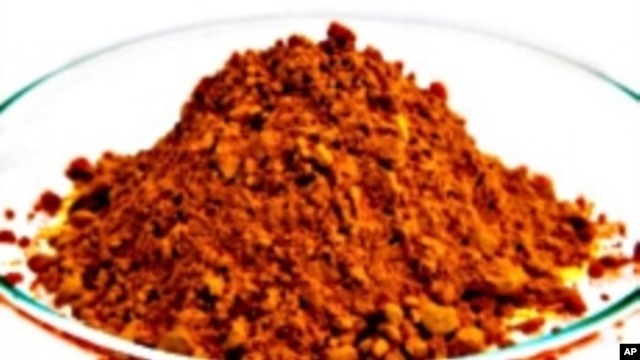
In a large study of women’s health, postmenopausal women who followed a healthy lifestyle were at a third lower risk of death, including a 20% smaller chance of dying from cancer, than women who did not follow guidance on diet, weight, physical activity, and alcohol intake.
“While it is well recognized that tobacco cessation is the lead behavioral change to reduce cancer risk,” the authors write, they analyzed the effect of other cancer prevention recommendations.
The researchers used data gathered by the observational study in the women’s health initiative of the US National Institutes of Health, which was launched in 1992 with a $140 million, 15-year contract: “the largest coordinated study of women’s health ever undertaken.”
Cynthia Thomson PhD and her colleagues analyzed data from 65,838 postmenopausal women age between 50 and 79 years.
The participants were enrolled in the women’s health initiative between 1993 and 1998 at 40 clinical centers across the country, and the team’s analysis represents the “largest study of postmenopausal women in the US.”
Those women who adhered most to lifestyle recommendations had a 22% lower risk for breast cancer and a 52% lower risk for colorectal cancer, compared with women who did not closely follow guidance.
The recommendations being followed were the American Cancer Society (ACS) guidelines on nutrition and physical activity, which have four central planks:
“Achieve and maintain a healthy weight throughout life”
“Be physically active”
“Eat a healthy diet, with an emphasis on plant foods”
“If you drink alcohol, limit your intake.”
Dr. Thomson, professor of public health at the Mel and Enid Zuckerman College of Public Health at the University of Arizona in Tucson, says:
“The message is simple and clear: If you want to reduce your risk for cancer, even later in life, eat a healthy diet, be active daily, avoid or limit alcohol, and don’t smoke.”
“Our results support the ACS guidelines for cancer prevention,” Thomson adds, but she calls for more support for other factors that can reduce the risks further, “because diet and activity alone do not account for the majority of risk.”
The researchers scored women’s adherence to the lifestyle advice on cancer prevention.
Zeroes were given for “behaviors least consistent with the recommendations” and scores of one or two were given for healthy lifestyle actions, adding these up to a maximum level of compliance represented by a total score of eight.
Most of the women in the study had final scores between three and six. Fewer than 1% of the women scored eight after following all of the recommended lifestyle choices.
Analysis of almost 9,000 cancers
Data on the women were collected over an average of 8.3 years, a period that witnessed the diagnosis of 8,632 cancers and 2,356 cancer-related deaths.
The women whose lifestyles were rated the healthiest (a score of seven or eight) showed a lower risk of overall cancer compared with those given low scores (from zero to two).
This included a reduction by a fifth in their risk for breast cancer, and by half for colorectal cancer.
The healthier lifestyles were also associated with a lower risk of death from other causes not related to cancer.
The authors note that guidelines for healthy lifestyle in the prevention of cancer have been based on evidence from few such prospectively identified associations.
The researchers’ conclusions are drawn from the women’s health initiative, which was a study designed at the outset to track future health changes over time.
Such prospective studies result in comparisons that are controlled and more reliable than can be drawn retrospectively, by looking back on data that was not collected for the purpose.
Lifestyle effect was greater in some groups of women
The analysis found an even lower incidence of cancers and lower overall death rate among women from certain ethnic groups as a result of the lifestyle measures, and the paper calls for more research into this difference.
Dr. Thomson says:
“We found that the association was stronger for Asian, African-American, and Hispanic women, compared with non-Hispanic white women.
It is possible that different ethnic groups may have differential disease course with varied response to environmental and/or behavioral exposures.”
Source: medical news today












